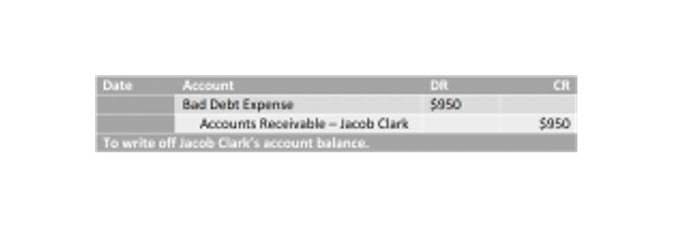
If it costs $1 to produce a widget, the company’s COGS would be $2,000, and its gross revenue would be $8,000, or ($10,000 – $2,000). The goal of underlying profit is to eliminate the impact that random events, such as a natural disaster, have on earnings. Companies often choose to supplement accounting profit with their own subjective take on their profit position. This popular, widely-used metric often excludes one-time charges or infrequent occurrences and is regularly flagged by management as a key number for investors to pay attention to.
Operating profit equation
Instead of providing a profit definition, let’s do it more naturally – you have an item you wish to sell. It doesn’t matter whether you’re selling homemade beauty products or just reselling some old clothes – producing items or acquiring them always has a cost. For the sake of simplicity, let’s assume that each item you sell has the same cost per product, regardless of how many you sell. This is usually the case for small businesses or individuals. A crucial part of understanding company profit is to know the profit per unit.
Operating Profit Margin
This means that you’ll only identify the limiting factors at the end of the accounting period. However, if you calculate profit margin monthly, you’ll identify limiting factors much sooner. As such, you can address them much earlier and increase profitability for the year.
Accounting Profit Formula
Let’s demonstrate the difference between explicit and implicit costs through a simple example. Let’s say you own a property on which you are considering opening a small pizzeria. Profitability metrics are important for business owners because they highlight points of weakness in the operational model and enable year-to-year performance comparison. For investors, a company’s profitability has important implications for its future growth and investment potential. In addition, this type of financial analysis allows both management and investors to see how the company stacks up against the competition.
Exercises: Modeling Revenue, Costs, and Profit
It is usually found at the bottom of a company’s income statement (the bottom line). GAAP’s main purpose is to improve how a company communicates their financial information and ensure that it is clear, consistent, and able to be compared to other companies. Publicly-traded companies must adhere to the SEC’s standards. The SEC mandates that publicly-traded companies must comply with GAAP. Companies that do not comply with GAAP risk their publicly-traded status on the stock exchange.
- We enter these functions in new columns in the spreadsheet and then compute projective revenues and profit.
- As such, each time there are one-time revenues, you should avoid including them when making projections.
- As a manager, leader or owner of a business, you likely have to look at financial statements on a monthly or quarterly basis.
- The other limiting case is where the demand is for a fixed amount no matter what the price.
- All sorts of reverse calculations are possible, and you don’t have to start entering variables from the top.
Regardless of where the company sits, it’s important for business owners to review their competition as well as their own annual profit margins to ensure they’re on solid ground. A variation is to strip all operating expenses from the calculation, so that only the gross profit is revealed. However, which of the following is the correct equation for profit? there are some cost factors that operating profit does not account for. Nonetheless, you’ll need to include the depreciation of assets and amortization. The accounting profit calculator is a simple tool that helps you compute the profit of a firm or business from an accounting perspective.

For example, car companies tend to enjoy economies of scale – the more cars they produce, the cheaper it gets to build each of them. It means that the object’s marginal cost, the cost added by creating an additional unit, is decreasing. The change in price depends on the actual level of production. A company’s pursuit of profit is for the benefit of shareholders. As such, before issuing dividends, you’ll need to calculate profit per share.

This is because of financial statement manipulation, which happens to present an organization as being healthier than it is. However, you’ll ultimately need to know how much is left after accounting for all expenses and revenue streams. This https://www.bookstime.com/ is known as the net profit, which reflects your company’s ability to convert income into profit. Learn what the profit equation is, how to calculate different types of profit, and why it is important to keep track of company profitability.
- These include the cost of labor, raw materials, debts, administrative costs, and nonoperational costs.
- If a business has a fixed cost or startup expense, it will have a loss if it does not sell enough.
- In effect, it shows the amount of money a firm has left over after deducting the explicit costs of running the business.
- Excluded from this figure are, among other things, any expenses for debt, taxes, operating, or overhead costs, and one-time expenditures such as equipment purchases.
- While we will have gained market share, we will no longer be making a profit.


